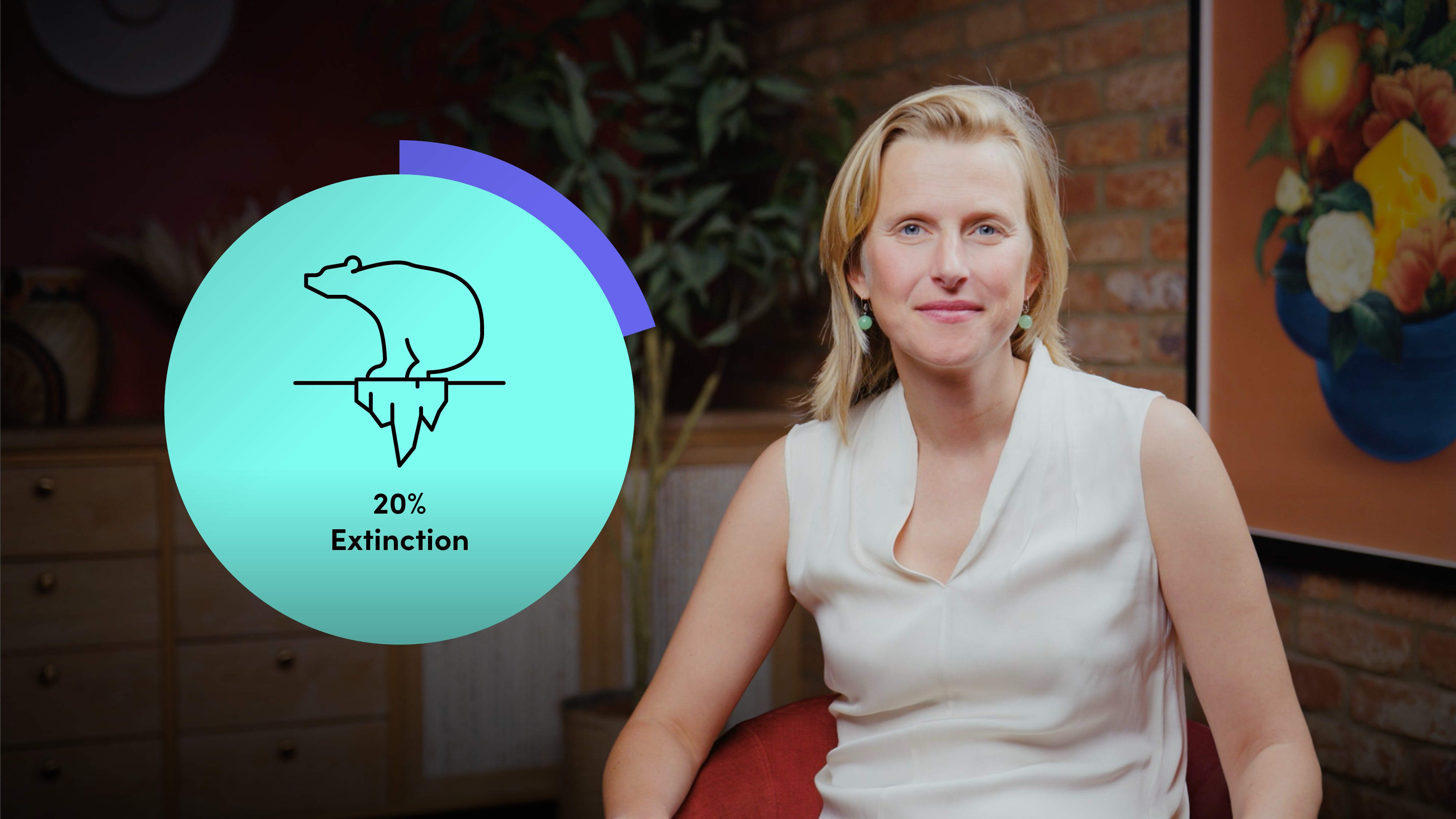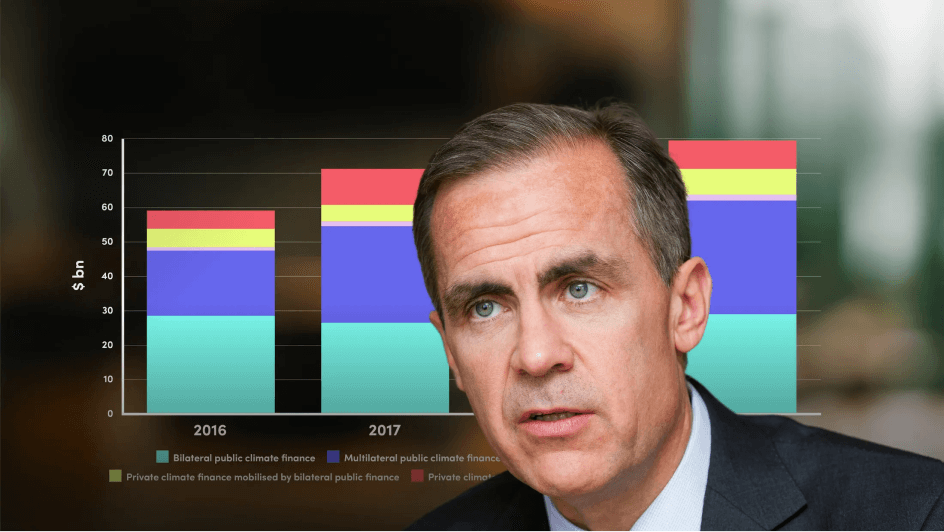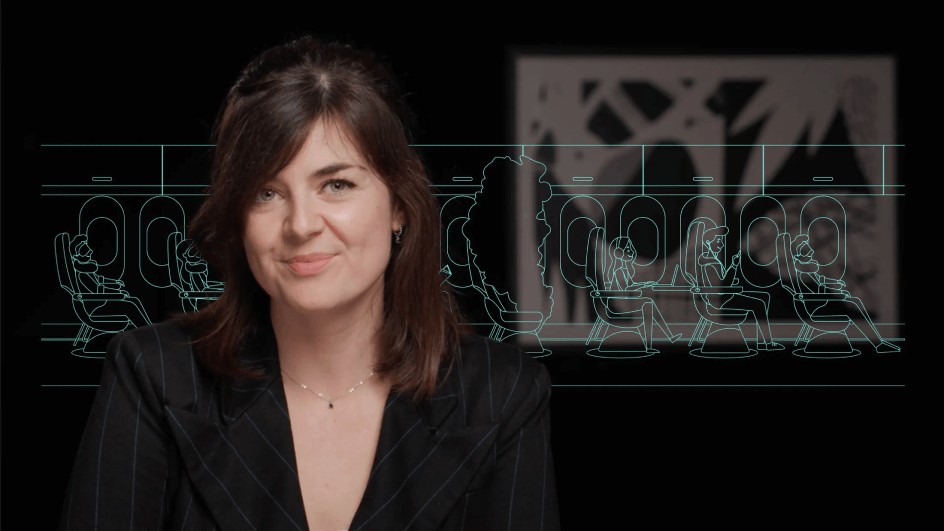
Importance of Technology in Nature Restoration

Rebekah Braswell
CEO: Land Life
We need to restore 2 billion hectares of degraded land worldwide. Join Rebekah Braswell as she explores the tangible solutions being developed to restore nature.
We need to restore 2 billion hectares of degraded land worldwide. Join Rebekah Braswell as she explores the tangible solutions being developed to restore nature.

Importance of Technology in Nature Restoration
15 mins 35 secs
Key learning objectives:
Understand why we need nature restoration
Outline methods to rebuild nature
Understand how land has been restored in Australia
Overview:
Nature has three critical impacts: it combats climate change, fosters biodiversity and supports local communities. There are two solutions to restoring nature: smart utilisation of technology (to see whether nature restoration is possible) and communication with investors (to show the benefits of restoration and acquire more funding). Land Life has managed to restore thousands of hectares of land in Australia by using a partner to buy land, determining how much land should be left agricultural and how much should be restored and liaising with local aboriginal communities.

Rebekah Braswell
There are no available Videos from "Rebekah Braswell"





















